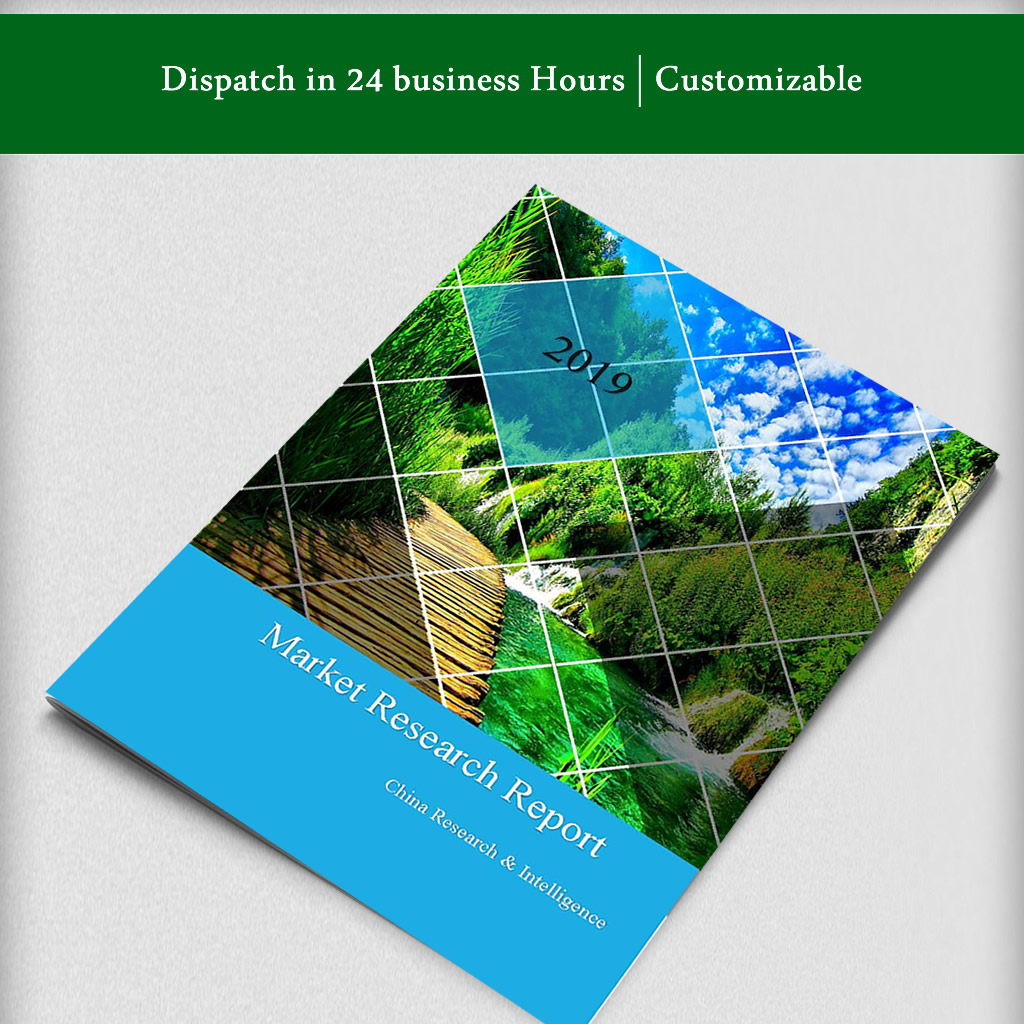Description
Blood Plasma Products Market Overview
The global blood plasma products market is forecasted to grow at a CAGR of 6.8% and will reach USD 28.5 Bn in 2023 from USD 20.5 Bn in 2018.
The increasing demand of immunoglobulin for the treatment of immunodeficiency drive the market growth. The blood plasma products market is segmented based on product types like immunoglobulin, albumin, hyperimmune globulin, coagulation factor VIII, coagulation factor IX, and other plasma products.
The market is also segmented based on end users such as hospitals, clinics, and other end users. Rise in technology at plasma collection centers to collect plasma and record patient history, and use of dried plasma that reduced cold chain requirements are the major trends in the market that may boost the market growth.
Segmentation based on product types
Based on product types, immunoglobulin market has the highest market share (approximately 47%) because of the growing incidence of immunological diseases coupled with the rise in the geriatric population.
The market share of albumin was 15.6% in 2018 which is driven by the rise in adoption of albumin in developing countries and an increase in awareness of recombinant albumin but post-operative risks associated with albumin-based therapy may hamper the market growth. Albumin market share is followed by hyperimmune globulin, coagulation factor VIII, and coagulation factor IX in 2018.
Segmentation based on end users
On the basis of end users, the hospital segment dominated the market with a market share of ~82% in 2018. This is due to the increase in the number of hospitals in developing countries and the rise in awareness of diseases like hemophilia.
It is followed by clinics with a market share of 14.1% in 2018. The clinics market is driven by the growing number of clinics, increase in awareness among patients regarding plasma products and rise in the number of patients with blood and immunological disorders. Other end users that include research institutes, blood transfusion centers, and academic institutes was having the least market share in 2018.
Regional insights
North America is leading the blood plasma products market and occupied approximately 44.2% of the market in 2018. This is due to the rising incidence of haemophilia, and rapid approval by the FDA for the plasma products. Europe is likely to expand over the forecast period of 2018-2023, by exhibiting a CAGR of 6.6%.
This is due to easy access to high-quality plasma through the contributions of qualified donors. Europe is followed by the Asia pacific with a market share of 19.3% in 2018. India and China are the major contributors of plasma products market in the Asia-Pacific region due to a large number of immunodeficient patients to get treated in hospitals and clinics.
The Latin America and the Middle-East and Africa markets though, still at nascent stages, will also experience high growth because of the growing prevalence of blood disorders.
Companies covered
• CSL Behring
• Shire Plc
• Grifols S.A.
• Octapharma AG
• ADMA Biologics
• Kedrion Biopharma



